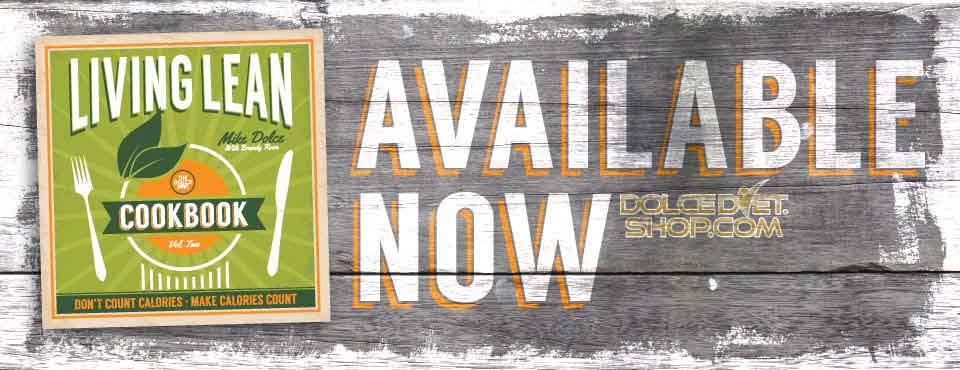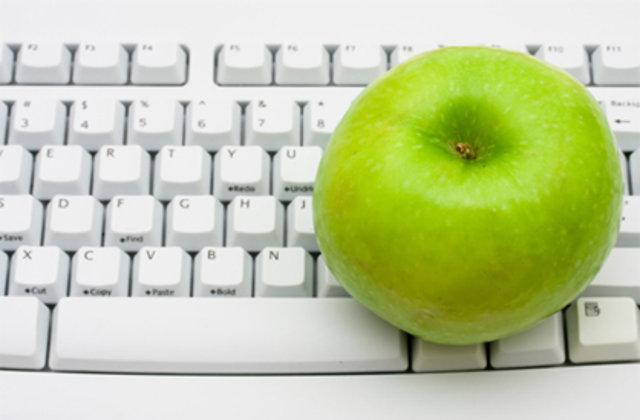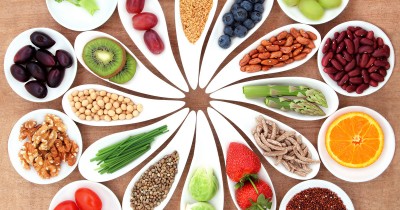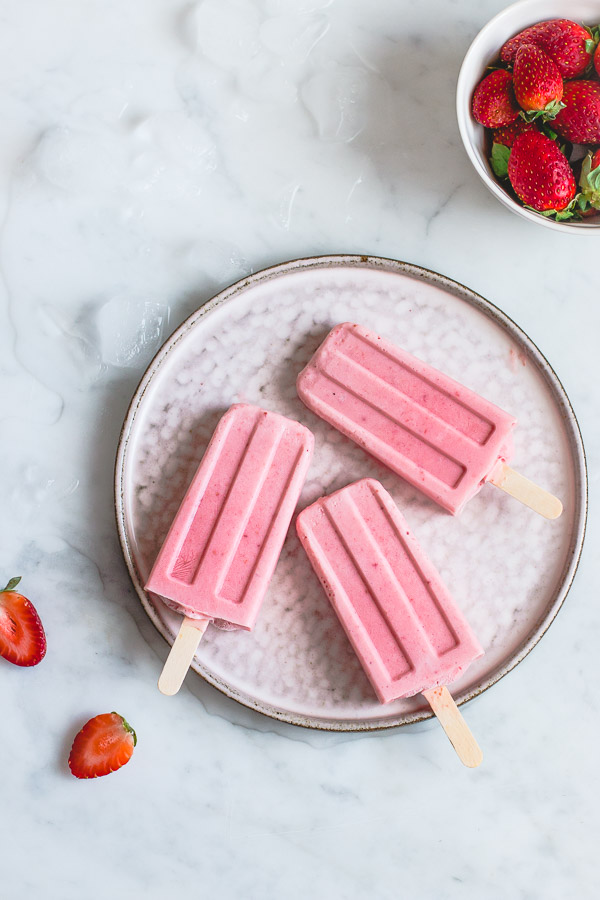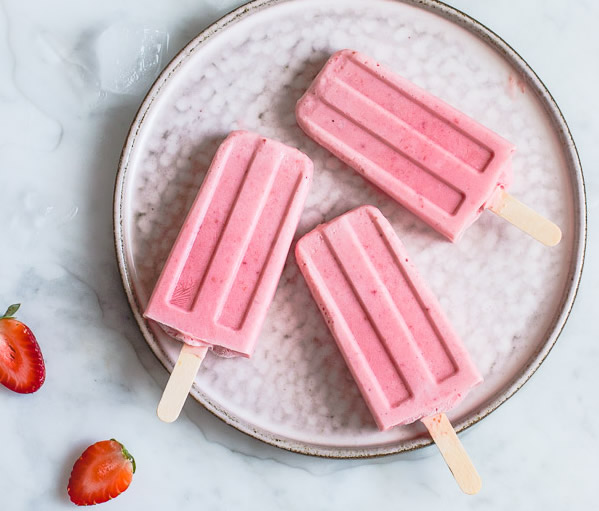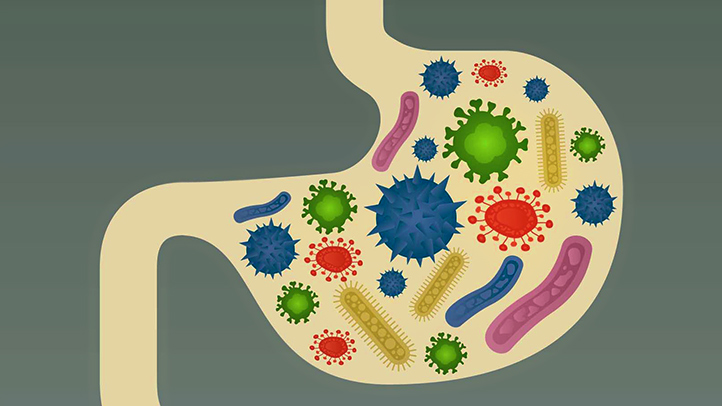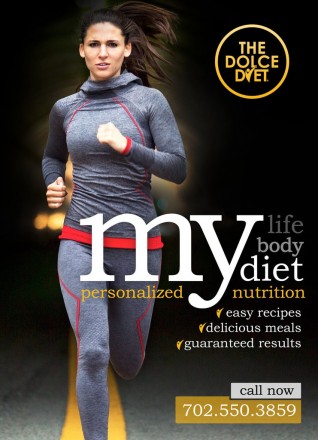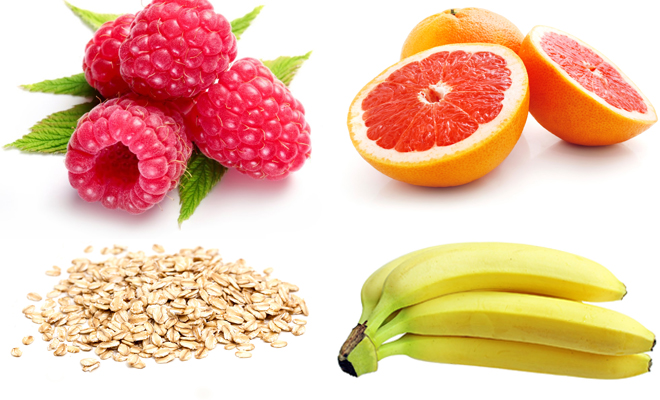9 Ways To Fight Fatigue Today
Tired of feeling tired? Try these easy science-backed fatigue fixes to get more energy fast.
You’ve always suspected that there’s more to the energy equation than getting enough sleep and eating three squares a day—and you’re absolutely right. How optimistic, motivated, or engaged you feel—not to mention how many things you’re trying to focus on at any given time—can bog you down with fatigue or boost you up, according to experts. So we’ve gathered nine science-backed fixes that will send your strength and stamina soaring all day.
1. Nix indecision
Energy crisis: Chicken or pasta? Seaside or mountain vacation? And of those 20 bathing suits you just tried on, which one should you actually buy? When everyday decisions feel like a chore, take comfort in knowing it’s not just you. A University of Minnesota study found that when people were asked to choose from an assortment of things they could buy, they had less stamina, felt fatigued, and fared worse on math problems than those who were asked simply to look at the options. “Making choices pushes us back and forth, which is energy zapping,” says Kathleen Vohs, PhD, lead author of the study.
Fuel Up: Be brash. Research from the Max Planck Institute for Human Development in Germany found that gut reactions—even in something as complex as the stock market—often yield the best results. If you’re having trouble trusting your instincts, remind yourself that most decisions are reversible. And whenever possible, limit your options (especially if you’re shopping for bathing suits).
2. Try color therapy
Energy crisis: Warm colors, such as red, yellow, and orange, are more energizing than their cool counterparts and can help you bust through fatigue. That’s because, according to research at the Eiseman Center for Color Information & Training, they’re attention grabbing—which activates our brain circuitry. Your best bet for a dreary day’s attire, then? “Orange,” says Leatrice Eiseman, executive director of the Pantone Color Institute. “It’s a blend of red, which is adrenaline producing in the viewer, and yellow, which reminds us of the sun and feelings of exuberance.”
Fuel up: Sneak orange into your wardrobe through colorful accessories such as jewelry, socks, or scarves, and stock your office with orange sticky notes and file folders. Another way? Keep an orange on your desk and then savor it as your brain-boosting snack.
3. Take a tech time-out
Energy crisis: Write e-mails while reading a report and talking on the phone? We all do it, but technology is among the worst multitasking, fatigue causing traps. A British experiment found that when people tried to juggle work and simultaneously keep up with their email, their measured IQs dipped 10 points.
Fuel up: Find a few times during the day to close your e-mail and power off your phone. If work is especially busy, lunch can be your technology break. If even that feels impossible, set a 1-hour distraction-free window for when you first get home. The work may still be there an hour later—but you’ll have all the more energy to handle it, stress free. (See 5 more solutions to thrive under stress.)
4. Let go of regret
Energy crisis: Still torturing yourself over that fight with your sister or your benign blunder at the office last week? It’s understandable, but when you beat yourself up over the past, you’re sucking your energy dry too. “Regret is experienced as a major loss, causing us to shut down psychologically and physically,” says Susan Nolen-Hoeksema, PhD, chair of the department of psychology at Yale University. “That leads to fatigue and a loss of motivation—in other words, feeling drained.” Feelings of remorse can also cause your blood pressure to go up, and that translates into a bona fide loss of steam.
Fuel up: Put your regrets in context. A 2011 study in Personality and Social Psychology Bulletin found that people who compared themselves with those whose lives appeared harder than their own were happier and reported fewer symptoms of being worn down—including suffering from the common cold.
5. Take a leap—literally
Energy crisis: There’s a reason we jump for joy. Not only does this simple gravity-defying exercise get our heart rate up quickly, pumping oxygen throughout our bodies, but it also seems to have a positive effect on the mind. “Jumping as if you’ve won something or even bouncing on your bed a few times can help jolt your energy,” says Elizabeth Lombardo, PhD, author of A Happy You: Your Ultimate Prescription for Happiness. “You’re stirring up childhood enthusiasm, allowing yourself to feel a little silly, and breaking up the monotony of the day.” All these things can trigger the release of feel-good endorphins, which have been associated with more verve—and a better state of mind (and less fatigue).
Fuel up: Part of the secret of jumping is to indulge at unexpected moments—like at the watercooler. Another option: Let yourself dance with excitement when your favorite song comes on your iPod. Goofy? Maybe. But it feels great!
6. Embrace your social network
Energy crisis: From answering e-mails to fielding instant messages, keeping up online can sap your joie de vivre and drag you down. But new research reveals that the Internet has a cuddly side too. Scientists have shown that when we’re around loved ones, we release a chemical called oxytocin that promotes feelings of calm and well-being. Turns out, this happens when we interact with friends on social networking sites such as Facebook and Twitter too.
Fuel up: According to Paul Zak, PhD, director of the Center for Neuroeconomics Studies at Claremont Graduate University, even a few minutes on one of these sites should do the trick. And fear not: If new technology leaves you in the dark, you can reap the same benefits with a simple phone call to a friend.
7. List your accomplishments
Energy crisis: Who hasn’t had a day when it feels like you can’t do anything right? Luckily, remembering what you did well is the perfect antidote to negativity and fatigue. This past fall, researchers at the University of California, Riverside, asked Japanese office workers to write down three good things that happened to them at work each week. They also asked others simply to write down tasks they’d performed. “We found that the people who had recorded feel-good achievements moved more,” says professor Sonja Lyubomirsky, PhD, author of The How of Happiness. “There’s a logic to this: We know that thinking about things you’re proud of can induce a positive mood and that a positive mood is associated with more energy.”
Fuel up: Try this trick whenever you need a boost. Actually writing down your list gives you something to reread (letting you experience the effects all over again), but you get the same happy results if you scrap the pen and paper and tell a friend.
8. Chill out with cold water
Energy crisis: If you have ever jumped in a cold lake and felt a surge of electricity run through you, you won’t be surprised to learn that cold water can invigorate our minds, according to researchers at the University of Chicago. “When we exposed people to ice water, they performed better on a standard alertness test,” says James Zacny, PhD, an anesthesiologist at the University of Chicago Medical Center. This may happen because when we encounter a stressor, our bodies often release noradrenaline, which is—you guessed it—an energizing hormone.
Fuel up: Dr. Zacny suggests running cold water over your wrists for a minute or two to rev yourself up. Because skin is covered in nerve endings, splashing cold water on your face works well too.
9. Get in mint condition
Energy crisis: Minty aromas can help people exercise longer and complete clerical tasks faster and more accurately, studies show. “Mint stimulates a primal response to odors we can also ‘feel,'” says Pamela Dalton, PhD, MPH, a senior research scientist at the Monell Chemical Senses Center in Philadelphia. “Such smells make us more vigilant, leading to greater energy.”
Fuel up: If you’re up for venturing beyond packaged mints, gum, and tea, keep an ounce of fresh mint on hand, and use it as a garnish for drinks and in salads. Dr. Dalton—who keeps a spearmint plant growing indoors year-round (to release the scent, just brush your fingers through the leaves)—also suggests wearing minty lotion. The cooling sensation it gives your skin coupled with the tingle it puts in your airways can be invigorating.


